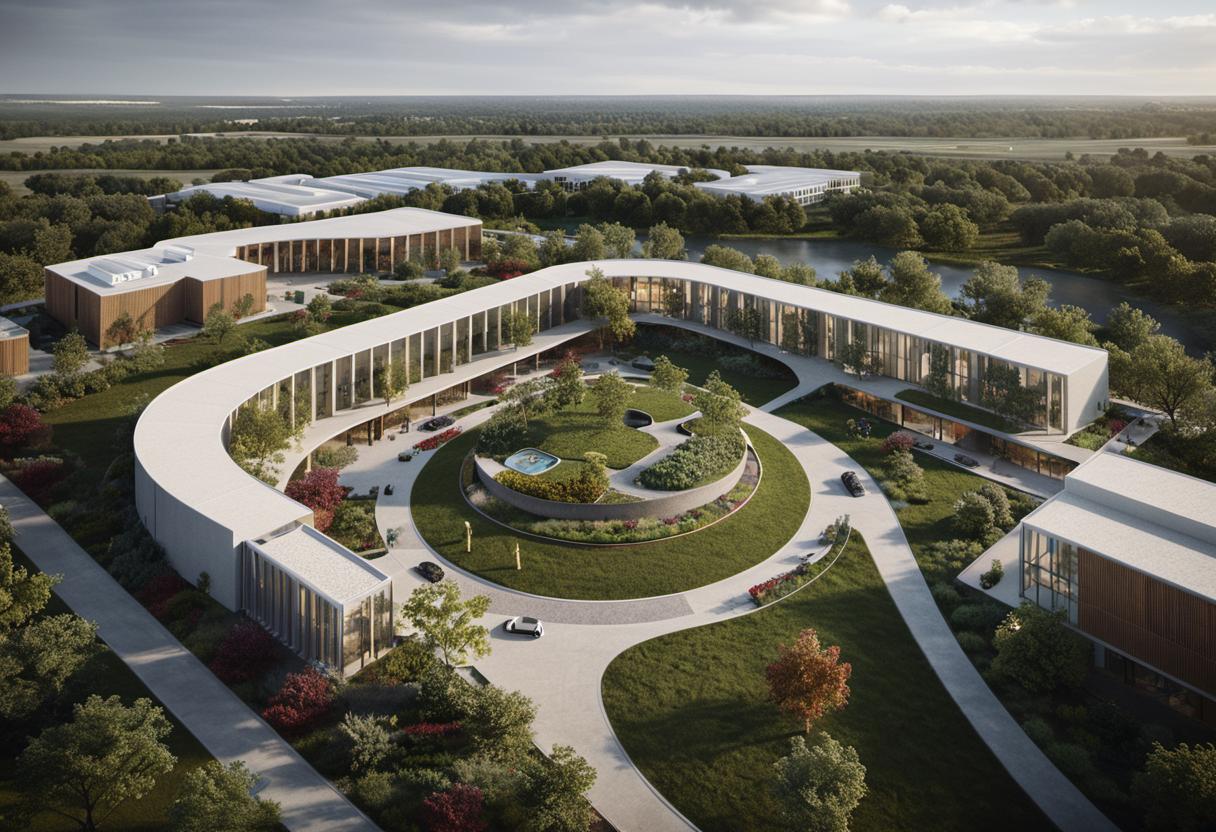The Dawn of Drone Technology in Architectural Photography
The utilization of drone technology in architecture photography has brought about significant changes in the way architects, interior designers, and the real estate industry operate. With a drone, capturing detailed images and videos from a bird’s eye view has become effortless and efficient. However, understanding different types of drones and their implications for architectural photography is crucial for taking full advantage of this technology.
A Brief on Drone Photography: An Overview
Drone photography involves attaching a camera to a drone to capture images or videos from high above. This method is beneficial in various industries, such as real estate and wedding photography, allowing for the capture of unique aerial shots. However, knowing the pros and cons of different drones for architecture photography plays a vital role in determining whether this innovative method is indeed the best solution for your needs.
The Pros of Drones in Architectural Photography
- Unique Aerial Perspectives: Drone technology offers unique aerial perspectives, especially for capturing real estate and architectural structures.
- Cost and Time Efficiency: Compared to traditional photography techniques, using drones can save time and effort, particularly when dealing with large structures or properties.
- Boosting Company’s Reputation and Marketability: Implementing advanced drone technology can project a modern, trendy image and help enhance a company’s reputation in the competitive real estate and architecture market.
- Accurate Worksite and Environmental Site Assessments: Drones provide accurate footage of worksites and surroundings, assisting architects in understanding the terrain and making informed design decisions.
- Sustainable Development and Design Visualization: By providing accurate data and image details, drones significantly support sustainable development and immersive design visualization.
The Cons of Drones in Architectural Photography
- The High Purchase and Maintenance Cost: Quality drones come with a high price tag and potential maintenance costs.
- Operational Learning Curve and Quality Challenges: Operating a drone and capturing high-quality photos require training and practice.
- Legal and Ethical Limitations: There are stringent regulations for drone operation, and ethical issues to consider such as privacy concerns.
- Wind Conditions and Battery Life Limitations: Drones can be difficult to control in windy conditions and usually have limited battery life.
- Restrictions on Drone Flight in Certain Areas: There are areas where drone operations are banned or severely restricted.
Method Comparison: Drone-captured Aerial Backgrounds vs Full 3D Aerial Environments
Weighing drone-captured aerial backgrounds against complete 3D aerial environments reveals the distinct advantages of each method. Drone photography delivers actual, real-world visuals more efficiently, accurately capturing lighting and environmental conditions. On the downside, there are limitations to environment controls and achievable camera angles. Meanwhile, full 3D environments offer more creative freedom, but demand higher expertise and can be time-consuming and more expensive.
Case Study: ZenaDrone 1000 for Complex Architectural Operations
A prime example of a highly efficient drone is the ZenaDrone 1000. With strong navigation capabilities and high-quality 4K cameras, this drone can deliver top-notch performance for complex architectural operations, backing up its reputation with lithium polymer batteries that ensure extended usage periods.
Tips for High-Quality Drone Photography
- Planning and Angle Experimentation: Pre-planning your route and testing different angles can help capture the best possible images.
- Rule of Thirds and Mastering Controls: Master your drone controls and use principles like the rule of thirds for aesthetically pleasing compositions.
- Dealing with Weather Changes and Image Editing: Factor in weather changes during your shoot, and avoid over-editing your images so they maintain a natural appeal.
FAQ: Answering Your Questions on Drones in Architectural Photography
- What are some of the advantages and disadvantages of using drones for architectural photography?
Advantages include unique aerial perspectives, cost and time efficiency, and the boost it potentially provides to a company’s image. On the downside, drones can be expensive, require practice to operate, and pose legal and ethical limitations. - How do drones affect the costs and processes involved in architectural design projects?
While initial drone investment might be high, the long-term savings in time and man-hours can be significant. Drones can provide detailed site assessments, facilitating the design process. - What factors should be considered when selecting a drone for photography purposes in architecture?
When selecting a drone, consider factors like the quality of the camera, flight time, stability, ease of use, and cost. Brands like DJI and Parrot are renowned for their camera quality. - How does drone technology contribute to creating sustainable development in architecture?
Drone technology aids in detailed environmental site assessments, thus enabling the creation of sustainable and environment-friendly designs. - What is the impact of using drone photography on the marketing and reputation of an architectural company?
Investing in advanced technologies like drones reflects positively on a company’s image, portraying it as up-to-date and forward-thinking, which can provide an edge in competitive markets.





